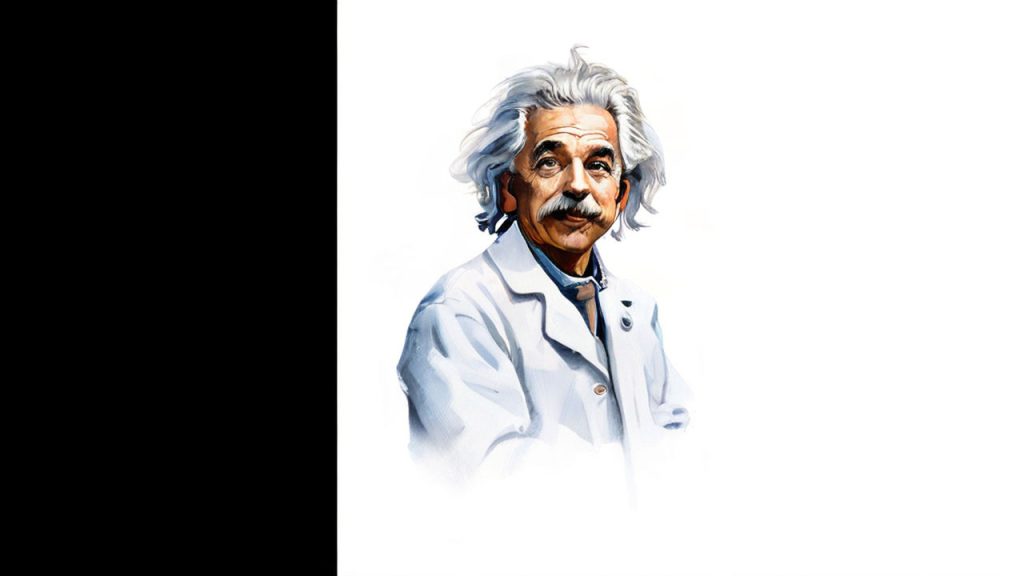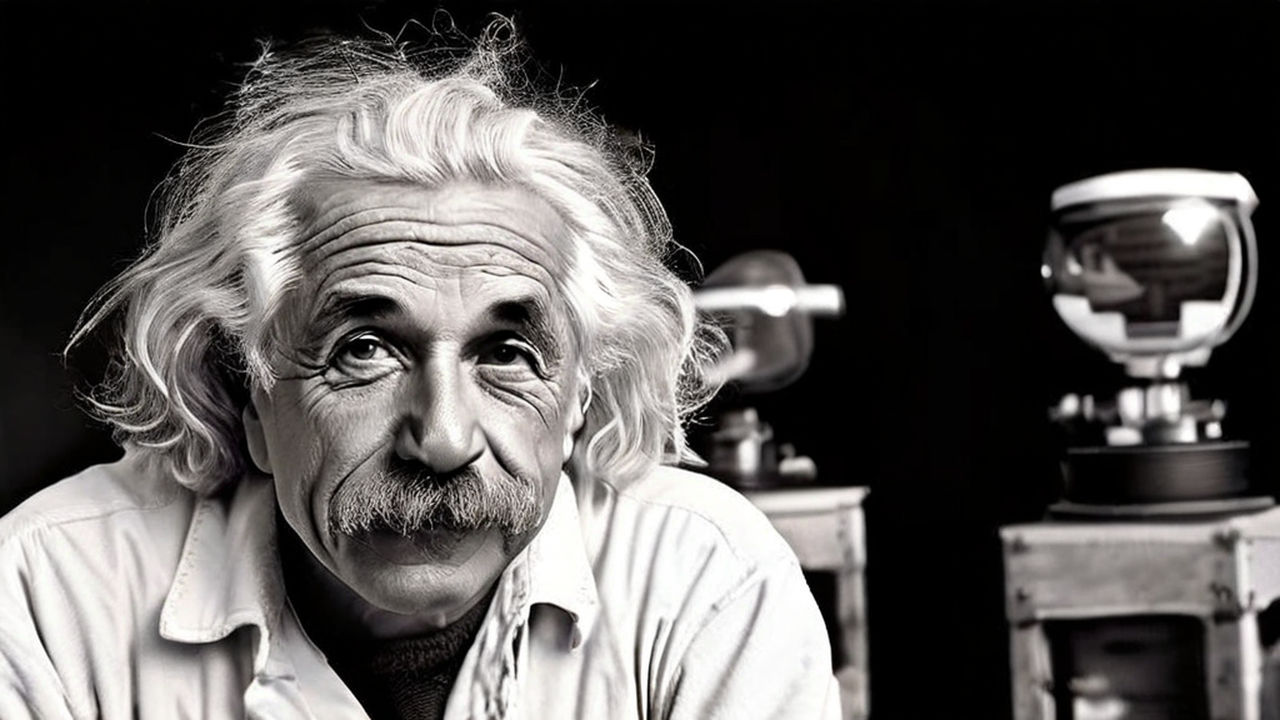Introduction
Understanding the Basics of Relativity
What is the theory of relativity?
The theory of relativity is a cornerstone of modern physics that fundamentally changed our understanding of space, time, and gravity. It comprises two main branches: special relativity and general relativity.
Why is it important?
The theory of relativity is crucial because it provides a framework for understanding the behavior of objects in extreme conditions, such as near the speed of light or in the presence of strong gravitational fields. It also revolutionized our concepts of space and time, leading to practical applications in technology and profound implications for cosmology.
Who developed it?
The theory of relativity was primarily developed by the renowned physicist Albert Einstein in the early 20th century. Einstein’s groundbreaking insights challenged traditional Newtonian physics and laid the foundation for modern theoretical physics.
Historical Background
Pre-relativity Concepts
Before the theory of relativity, the dominant framework in physics was Newtonian physics, based on Isaac Newton’s laws of motion and universal gravitation. This classical view of physics described space and time as separate entities and assumed that they were absolute and unchanging.
The Michelson-Morley Experiment
In the late 19th century, the Michelson-Morley experiment was conducted in an attempt to detect the Earth’s motion through a hypothetical medium called the luminiferous ether, which was thought to be the medium through which light waves propagated. However, the experiment yielded unexpected results, failing to detect any motion relative to the ether.
Einstein’s Breakthrough
Albert Einstein’s breakthrough came with his theory of special relativity, published in 1905. Building upon the null result of the Michelson-Morley experiment and the principle of the constancy of the speed of light, Einstein proposed that the laws of physics are the same for all observers in uniform motion and that the speed of light is constant in all inertial frames of reference.
Special Relativity
Special relativity introduced revolutionary concepts such as time dilation and length contraction. It showed that time and space are not absolute but are intertwined in a single entity known as spacetime. Einstein’s famous equation, E=mc², demonstrated the equivalence of mass and energy, further challenging traditional views of physics.
General Relativity
Einstein later extended his theory to include gravity with the development of general relativity in 1915. General relativity describes gravity as the curvature of spacetime caused by the presence of mass and energy. It provided a new understanding of gravitational phenomena, predicting phenomena like the bending of light around massive objects and the existence of black holes.
Key Concepts of Special Relativity
The Principle of Relativity
The principle of relativity states that the laws of physics are the same in all inertial frames of reference. In other words, the outcome of any physical experiment will be consistent regardless of the observer’s state of motion.
Invariance of the Laws of Physics
Special relativity asserts that the fundamental laws of physics, including those governing electromagnetism and mechanics, remain unchanged across different inertial frames. This principle challenges the classical notion of absolute space and time.
Frames of Reference
Frames of reference are coordinate systems used to describe the motion of objects. In special relativity, inertial frames are frames in which an object either remains at rest or moves with constant velocity. Observers in different inertial frames may perceive events differently due to relative motion.
Time Dilation
Time dilation is a phenomenon predicted by special relativity in which time appears to pass more slowly for an object in motion relative to an observer at rest. This effect becomes noticeable as objects approach the speed of light, leading to practical implications in fields such as particle physics and satellite navigation.
Moving Clocks Run Slower
According to special relativity, clocks moving relative to an observer will appear to run slower than stationary clocks. This time dilation effect has been experimentally verified and is crucial for understanding the behavior of atomic clocks in motion.
The Twin Paradox
The twin paradox is a thought experiment illustrating the effects of time dilation. In this scenario, one twin remains on Earth while the other travels through space at near-light speeds. Upon returning to Earth, the traveling twin will have aged less than the stationary twin due to time dilation.
Length Contraction
Length contraction is the phenomenon in which objects appear to shorten in the direction of motion when observed from a different frame of reference. This effect is a consequence of the relativity of simultaneity and has been confirmed through experimental evidence, such as measurements of subatomic particles.
Objects Shrink in the Direction of Motion
Special relativity predicts that objects will contract along the direction of their motion when viewed from a different inertial frame. This apparent contraction is relative to the observer’s perspective and is a fundamental aspect of spacetime geometry.
Experimental Evidence
Experimental evidence supporting the principles of special relativity comes from various sources, including particle accelerators, cosmic ray observations, and precision measurements of atomic clocks. These experiments have consistently validated the predictions of special relativity and its key concepts.
Mass-Energy Equivalence
Einstein’s famous equation, E=mc², expresses the equivalence between mass and energy. It implies that mass can be converted into energy and vice versa, leading to profound implications for nuclear reactions and the understanding of the universe’s energy balance. This concept is foundational to modern physics and has practical applications in nuclear power and particle physics research.
Understanding General Relativity
Curved Spacetime
General relativity describes gravity not as a force acting between objects, but as the curvature of spacetime caused by the presence of mass and energy. Massive objects like planets and stars warp the fabric of spacetime around them, influencing the motion of other objects nearby.
Gravity as a Curvature
In the framework of general relativity, gravity is not a force exerted by one object on another, but rather the result of the curvature of spacetime caused by mass and energy. Objects follow curved paths in this curved spacetime, which we perceive as gravitational attraction.
The Rubber Sheet Analogy
The rubber sheet analogy is a common way to visualize the concept of curved spacetime. Imagine placing a heavy object, like a bowling ball, on a stretched rubber sheet. The sheet bends and curves around the ball, representing how mass warps spacetime. Lighter objects, like marbles, will then follow curved paths around the indentation, similar to how planets orbit stars.

The Equivalence Principle
The equivalence principle, a cornerstone of general relativity, states that there is no locally distinguishable difference between being in a gravitational field and undergoing acceleration. In other words, the effects of gravity are indistinguishable from the effects of acceleration in a uniformly accelerating reference frame.
Acceleration vs. Gravity
According to the equivalence principle, the experience of being accelerated in a spaceship with no windows is indistinguishable from standing on a planet with gravity pulling you downward. This equivalence led Einstein to conclude that gravity is not a force but rather a consequence of the curvature of spacetime.
Free-Falling Reference Frames
In general relativity, free-falling reference frames are inertial frames in which objects are not subject to any non-gravitational forces. In these frames, objects move along geodesics, which are the shortest paths in curved spacetime. Observers in free-falling frames experience weightlessness, similar to astronauts in orbit around the Earth.
Gravitational Time Dilation
Gravitational time dilation is a phenomenon predicted by general relativity in which time appears to pass more slowly in stronger gravitational fields. Clocks closer to massive objects, where gravity is stronger, tick slower compared to clocks in weaker gravitational fields.
Time Dilation near Massive Objects
Near massive objects like black holes, where gravitational fields are extremely strong, time dilation becomes significant. Clocks near a black hole would appear to tick much slower compared to clocks in regions with weaker gravitational fields. This effect has been observed indirectly through astronomical observations.
GPS Satellites as Practical Examples
The accuracy of the Global Positioning System (GPS) relies on the principles of general relativity. The satellites in the GPS constellation orbit Earth at high speeds and are subject to weaker gravitational fields compared to observers on the surface. Without compensating for the effects of both special and general relativity, GPS devices would accumulate significant errors over time, leading to inaccurate navigation.
Applications and Implications
Predictions Confirmed by Experiments
Many predictions of general relativity have been confirmed through experiments, validating the theory’s accuracy and predictive power. These experiments include precise measurements of the bending of light around massive objects, gravitational redshift, and the gravitational time dilation observed in atomic clocks.
Gravitational Lensing
Gravitational lensing is a phenomenon predicted by general relativity in which the gravitational field of a massive object, such as a galaxy or a black hole, bends the path of light passing near it. This bending can act as a natural lens, magnifying and distorting the images of distant objects behind the gravitational lens.
The Precession of Mercury’s Orbit
One of the early successes of general relativity was its ability to explain the anomalous precession of Mercury’s orbit. Classical Newtonian physics failed to fully account for this observed motion of the planet’s perihelion, but general relativity accurately predicted the precession due to the curvature of spacetime around the massive Sun.
Black Holes and Singularities
General relativity predicts the existence of black holes, regions of spacetime where gravity is so intense that nothing, not even light, can escape from within the event horizon. At the center of a black hole lies a singularity, a point of infinite density and curvature where the known laws of physics break down.
Event Horizon
The event horizon of a black hole is the boundary beyond which no information or light can escape. Once an object crosses the event horizon, it is inevitably drawn into the black hole’s singularity. The event horizon is a defining feature of black holes and plays a crucial role in their observational properties.
Spaghettification
Spaghettification, also known as the tidal forces, is a phenomenon near black holes where the gravitational gradient is so strong that it stretches objects into long, thin shapes resembling spaghetti. This effect occurs because the gravitational force on the near side of an object is significantly stronger than on the far side, causing extreme tidal stretching.
Cosmological Implications
General relativity has profound implications for cosmology, the study of the universe as a whole. It forms the theoretical basis for the Big Bang theory, which describes the origin and evolution of the universe from a hot, dense state nearly 14 billion years ago.
Big Bang Theory
The Big Bang theory proposes that the universe began as a singularity and has been expanding and cooling ever since. General relativity provides the mathematical framework to describe the expansion of space and the evolution of the universe over cosmic time.
Expansion of the Universe
Observations of distant galaxies indicate that the universe is expanding, with galaxies moving away from each other over time. General relativity explains this expansion as the stretching of spacetime itself, leading to the redshift of light from distant objects and providing key evidence for the Big Bang model of cosmology.
Simplifying Complex Concepts
Relativity in Everyday Life
While the principles of relativity may seem esoteric, they have practical implications in our daily lives. For example, your perception of time can be affected by your speed relative to others. This means that time may appear to pass differently for you compared to someone else, especially if you’re traveling at high speeds.
GPS Technology
GPS technology relies on the principles of both special and general relativity for accuracy. The satellites in the GPS constellation orbit Earth at high speeds, experiencing time dilation according to special relativity. Additionally, they are farther from Earth’s gravitational pull, which causes gravitational time dilation according to general relativity. Without compensating for these effects, GPS devices would give inaccurate results.
Space Missions
Space missions also demonstrate the effects of relativity. For instance, astronauts experience time dilation when traveling at high speeds or near massive objects like planets. This means that time for them may pass slower compared to people on Earth. Understanding these effects is crucial for planning and executing space missions accurately.
Analogies and Metaphors
Analogies and metaphors can help grasp the abstract concepts of relativity. One popular analogy is the “train and the platform” scenario, where observers on a moving train perceive events differently than observers on a stationary platform. This illustrates the relativity of motion and frames of reference.
The Train and the Platform
Imagine standing on a train platform as a train passes by. From your perspective, a person on the moving train appears to age slower than you do. However, from the perspective of someone on the train, time seems to pass normally. This illustrates how time dilation occurs relative to different frames of reference.
The Warped Space-Time “Fabric”
Another useful metaphor is the “warped space-time fabric.” Picture space and time as a flexible fabric that bends and curves in the presence of mass and energy, much like a trampoline deforms under the weight of a heavy object. This visual representation helps understand how gravity warps spacetime, affecting the motion of objects within it.
By using relatable examples and visualizations like these, we can simplify the complex concepts of relativity, making them more accessible and understandable to a broader audience.
Conclusion
In conclusion, the theory of relativity, pioneered by Albert Einstein, stands as one of the most revolutionary concepts in modern physics. By questioning the conventional wisdom of Newtonian physics, relativity introduced groundbreaking ideas like time dilation, length contraction, and the curvature of spacetime.
Despite its initial complexity, the theory of relativity has proven its relevance through practical applications in various fields. From GPS technology to space missions, the principles of relativity have become indispensable tools for understanding and navigating the universe with precision.
Moreover, the theory continues to inspire scientific inquiry and technological advancements, driving forward our quest to unravel the mysteries of the cosmos. As we delve deeper into the implications of relativity, we uncover new insights into the nature of space, time, and gravity, paving the way for future discoveries and innovations.
In essence, while relativity may appear daunting at first glance, its profound impact on our understanding of the universe underscores its enduring significance in both theoretical physics and practical applications. As we continue to explore the depths of relativity, we unlock new avenues of knowledge and usher in a future shaped by the timeless principles laid out by Einstein over a century ago.
FAQs
- Is the theory of relativity difficult to understand?
- While some concepts may seem complex, there are many resources available to simplify them for a general audience.
- How did Einstein develop the theory of relativity?
- Einstein’s insights came from years of thought experiments, mathematical reasoning, and a deep understanding of physics.
- What are some real-world applications of relativity?
- GPS technology and space missions rely on the principles of relativity for accuracy and functionality.
- Can anyone understand the theory of relativity without a background in physics?
- With patience and the right explanations, anyone can grasp the fundamental ideas behind relativity.
- Why is the theory of relativity important in modern science?
- It provides a framework for understanding the fundamental nature of the universe and has practical applications in various fields, from astrophysics to technology development.


















No Comments
Leave a comment Cancel